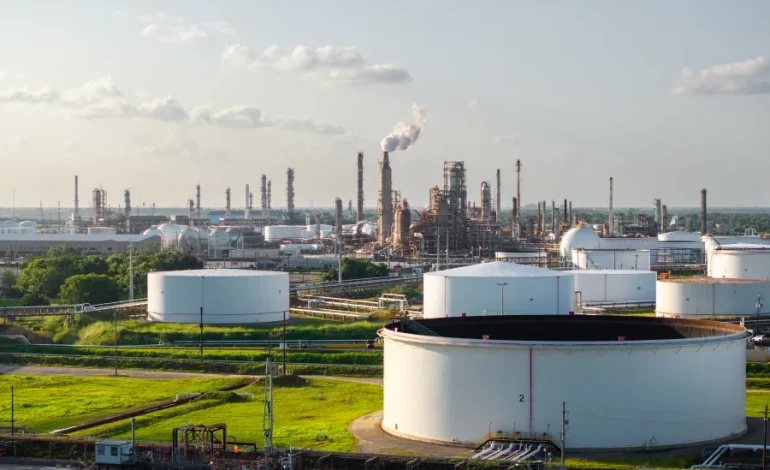Why Middle East Tensions Haven’t Triggered a Global Oil Crisis

Despite a recent military escalation between Israel and Iran, global oil markets have remained surprisingly stable, NPR reports.
Although crude oil prices briefly spiked after Israel’s strike on Iran earlier this month, the surge was short-lived, and prices quickly retreated—defying expectations of a full-scale oil crisis.
The initial reaction was predictable: prices rose by about 7% in a matter of hours, reaching $80 per barrel. But that peak still came in below January levels, and prices soon dropped again, even before a ceasefire was announced.
Energy analysts and market watchers point to several reasons why the conflict hasn’t shaken oil markets as it might have in the past.
1. No Actual Disruption to Oil Flows
While Iran is among the world’s top ten oil producers and has in the past threatened to close the Strait of Hormuz—a critical waterway for global oil shipments—it has not taken such action in the current conflict. Roughly 20% of the world’s oil flows through the Strait, and any blockage would be a significant global event. However, analysts believe Iran is unlikely to risk such a move, as it would likely bring severe economic repercussions.
2. Markets Have Grown Wary of Overreacting
Historically, even the threat of supply disruption was enough to send oil prices soaring. But today’s traders are more skeptical. Rebecca Babin, a senior energy trader at CIBC Private Wealth, says recent years have conditioned the market to expect temporary price spikes without lasting supply disruptions.
“Each time there’s been a geopolitical shock,” Babin notes, “supply remained stable, and prices reverted quickly. Traders have learned from that.”
3. Lower Seasonal Demand
Though it’s summer, oil contracts are already reflecting demand expectations for August and beyond, when global oil consumption tends to dip. According to Susan Bell, a senior VP at Rystad Energy, buyers are entering the “lower demand season,” which traditionally puts downward pressure on prices.
4. Oversupply in the Global Market
The fundamental dynamics of the oil market—supply and demand—also play a major role. Current supply is outpacing demand, driven by factors including a slow post-pandemic recovery in China and continued output from OPEC and its allies. This surplus acts as a buffer against price shocks from geopolitical events.
5. The US as a Global Oil Power
Perhaps the most significant shift in the oil landscape is the rise of the United States as the world’s largest oil producer. Thanks to advances in fracking and shale drilling, the US now has the capacity to ramp up production quickly if global supply is threatened.
Jim Burkhard of S&P Global explains that this transformation has fundamentally changed how markets respond to Middle East conflicts.
“The US role as a leading producer reduces the urgency and panic over Middle Eastern disruptions,” he says.
While former President Donald Trump has urged a renewed push to expand domestic drilling, analysts caution that US oil production is governed by market conditions—not political calls. At present, those conditions suggest producers may actually scale back rather than ramp up output.








The latest news in your social feeds
Subscribe to our social media platforms to stay tuned